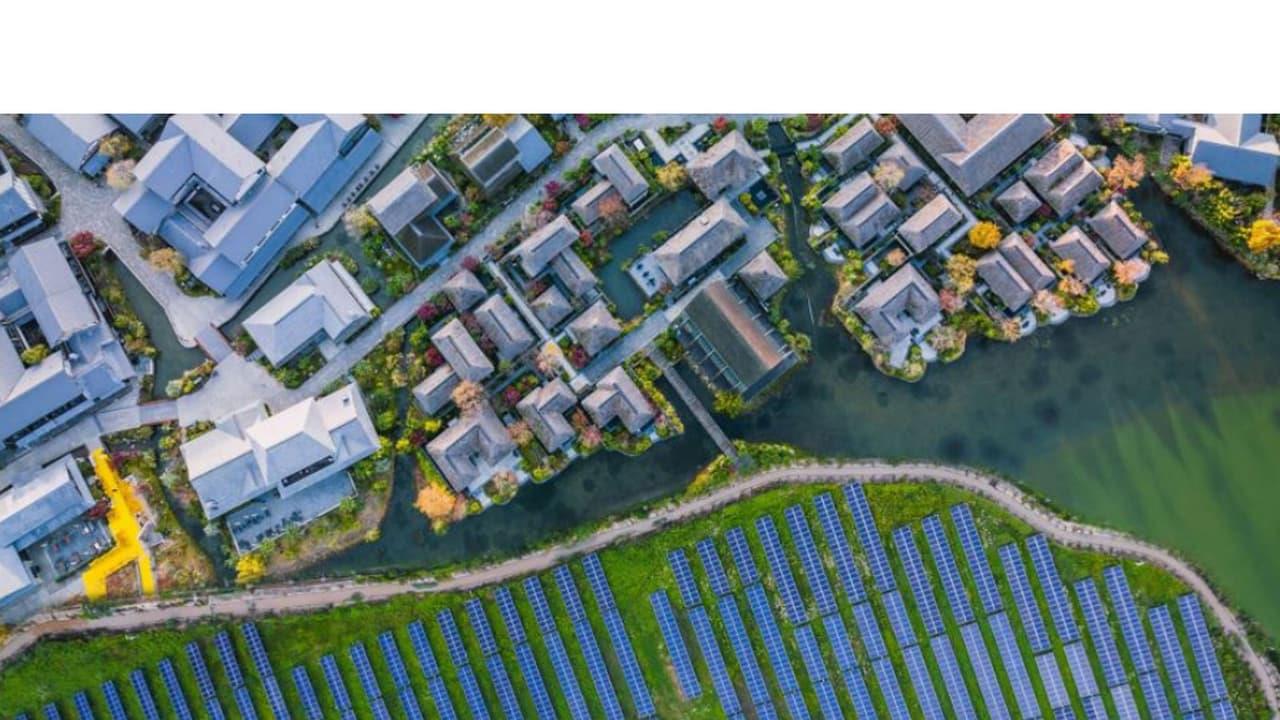
India Leads South And Southeast Asia In Renewable Energy Growth: S&P Report
New Delhi [India], October 22 (ANI): India's ambitious renewable energy initiatives are on track and the country is currently leading the pack in South and Southeast Asia. According to a report by S & P Global Ratings, India has made good progress in renewable capacity additions, significantly outpacing coal per the S & P Global Ratings report on energy transition in South and Southeast Asia, other countries in the region risk missing their targets and will require economic and scalable renewable power (Indonesia) or stronger grid networks (the Philippines, Vietnam)."A larger scale of execution, bigger hybrid projects, rising storage tenders and robust private sector funding will likely drive these gains," it said India's case, the report asserted that India's regulatory policy is supportive, technology adoption and grid network are at a developing stage, and the funding environment for such green goals too are supportive."A few countries have tweaked their energy transition targets, with an increasing reliance on gas as transition fuel for Indonesia, the Philippines and Vietnam. Increasing reliance on LNG imports (due to declining domestic gas production) and their price volatility could pose a risk for fossil-fuel based players unable to fully pass on higher costs to customers. Building LNG infrastructure and import capacity will also be essential to this shift," it suggested far as who fares better in meeting transition targets, the report noted that India leads its peers due to low-cost renewables (with storage) and a mature competitive-bidding framework sees an uptick in storage-based tenders, including batteries that will help with renewables integration, the report noted, affirming India's technology adoption most countries face execution delays and lower grid investments compared to generation."Outside India, we assume countries in South and Southeast Asia will rely more heavily on fossil fuels over the next five years. Many are focusing on gas as a transition fuel, with renewables and storage only ramping up significantly from 2030 onward. Hefty spending requirements to meet ambitious national targets and higher leverage remain key credit risks for utilities in the region," said S & P Global Ratings credit analyst Cheng Jia Ong upon the funding aspect, the global rating agency noted that India's maturing renewables market benefits from high private funding. Indonesia and Vietnam face large funding gaps and low private-sector participation. All in all, the report, in a way, concluded that the pace of renewables growth is highest for India, a reflection of supportive policies and funding environment capacity addition in India remains at the forefront, requiring at least 50 GW yearly till 2030 to meet its 500 GW target. The country added 35 GW of renewable capacity in the first nine months of 2025, putting it on track to hit its target this year power sector accounts for close to half of the South and Southeast Asia carbon emissions, and rising power demand could make decarbonization goals more challenging to 20 per cent of global power demand by 2050 will be from the SSEA region, from a current 15 per cent, the report estimated. At COP26 held in 2021, India committed to an ambitious five-part "Panchamrit" pledge. They included reaching 500 GW of non-fossil electricity capacity, generating half of all energy requirements from renewables, and reducing emissions by 1 billion tonnes by 2030 also aims to reduce the emissions intensity of GDP by 45 per cent and commited net-zero emissions by 2070. (ANI) (Except for the headline, this story has not been edited by Asianet Newsable English staff and is published from a syndicated feed.)
Legal Disclaimer:
MENAFN provides the
information “as is” without warranty of any kind. We do not accept
any responsibility or liability for the accuracy, content, images,
videos, licenses, completeness, legality, or reliability of the information
contained in this article. If you have any complaints or copyright
issues related to this article, kindly contact the provider above.





















Comments
No comment